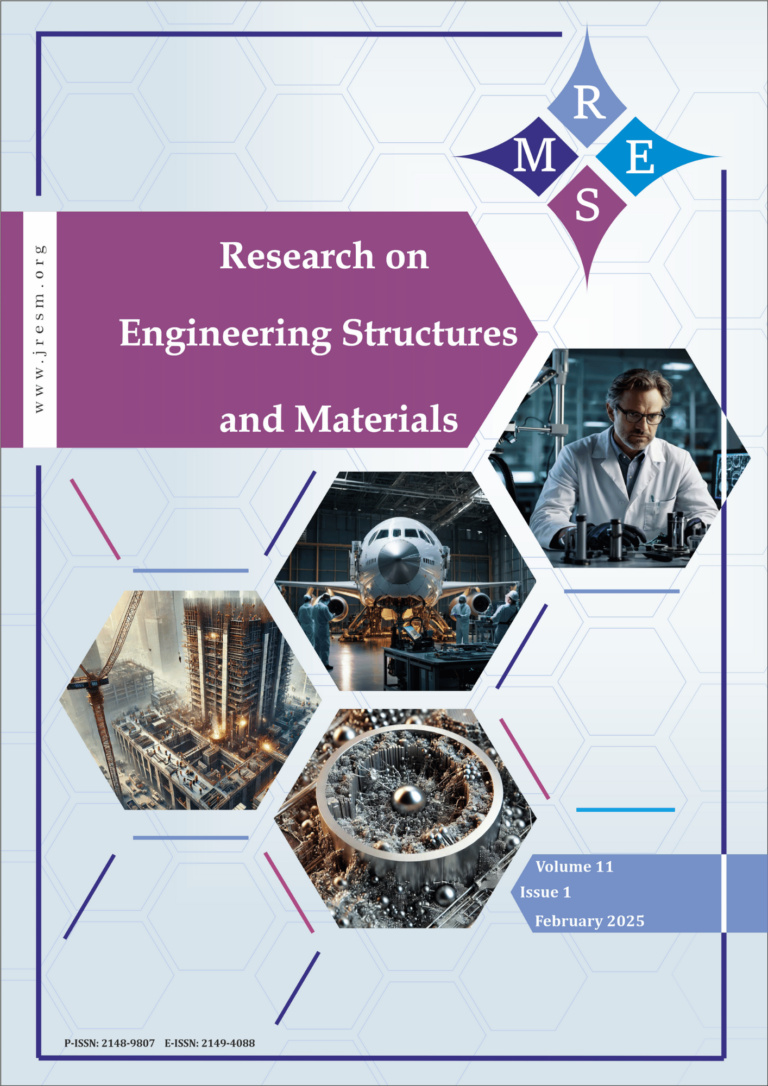The primary objective of this numerical study is to provide a finite element (FE) analysis approach for segmental structures. The study was conducted using a hollow circular segmental structure model capable of adequately imitating real structural behavior and deals with the effect of varying number of segments on structural performance. In order to verify the FE procedure conducted by DIANA software, comparisons are made with the acquired numerical results and the results taken from previous experimental studies for 1 reinforced concrete (RC) beam, 2 post-tensioned (PT) beam, and 3 segmental post-tensioned beams (SPT). For the considered cases, 1D line, 2D shell, and 3D solid FE models are made, and it is found out that the 3D solid model with interface elements yields the most plausible results. Further, the FE model was constructed to accurately predict segment joint behavior concerning the relationship between the number of segments, concrete compressive strength, and the width of the openings at the segment joints up to collapse. In this study, a hollow circular segmental structure model is utilized to mimic real structural behavior, presenting a novel perspective on internal force transfer mechanisms within segmental structures. Moreover, the FE model is tailored to accurately predict segment joint behavior, elucidating the intricate relationship between the number of segments, concrete compressive strength, and the width of openings at segment joints up to collapse. In addition to presenting a robust numerical analysis framework, this study contributes novel insights into the complex interplay between segmental geometry, material properties, and structural behavior, thus advancing the state-of-the-art in segmental structural design. Thus, a modular construction methodology is proposed for segmental beam type structures ensuring safety, efficiency, and flexibility in challenging load conditions.
